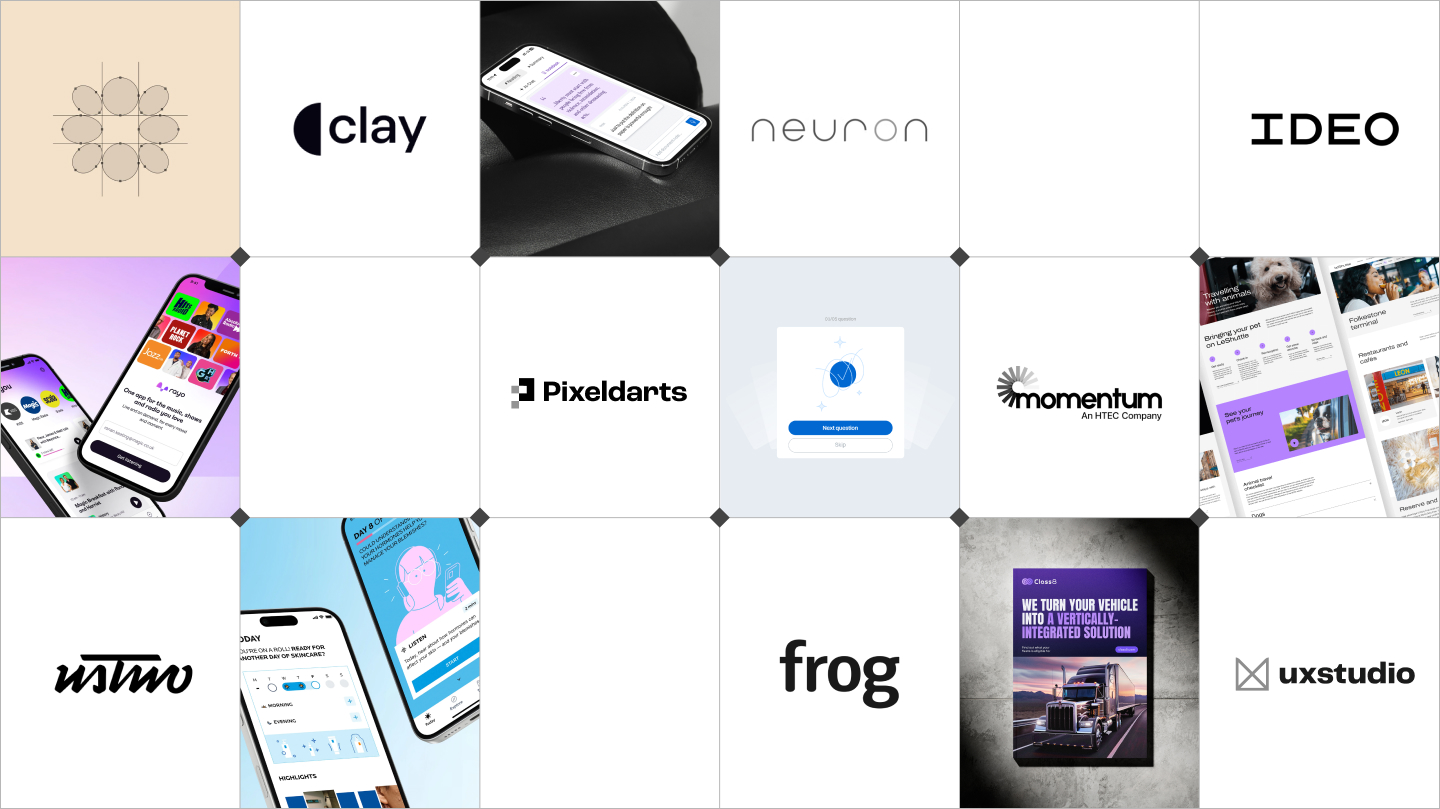Stakeholder meetings - honestly - how often do you find them a chore? Everyone nods, but at the end you wonder if anything changed. Or worse - have you ever delivered a product and found that it was not what the stakeholders wanted? It's frustrating, huh? But what if better communication could save us from these pitfalls?
Stakeholders: Allies Not Adversaries
What are your stakeholders? They may be your customers, your inner managers or even the end-users. They're often seen as stifling creativity or "yet another person to please." But wait: There's a twist: stakeholders aren't the enemy - they are your friends. Their insights can provide breakthroughs if communicated clearly. So, why miss the mark so often?

A Communication Gap
Picture this: You present a nice prototype. Stakeholders look at it and after some silence say, "This isn't what we imagined." Your heart sinks. Just where did something go wrong?
The problem is the way of communication. Are we listening or rushing to execute? Are we clarifying doubts, or assuming we know what they mean? Misaligned expectations often result from vague language, incomplete feedback loops or, frankly, lack of time to connect.

The Foundation for Quality Communication
Start with discovery. Instead of asking straight features, ask open-ended questions:
What problem are we solving?
How does success look to you?
What emotions should users experience while using this product?
Such questions reveal needs as well as values.
Visuals Speak Louder Than Words
People understand words differently, but visuals are universal. Use sketches, storyboards or basic prototypes early on. Show, do not tell.

Feedback is a Two Way Street
Don't wait for the final review to involve stakeholders. Instead, have them give feedback at checkpoints. But here's the key: make their feedback actionable:
Avoid: "I don't like it."Encourage: "I think this layout feels cluttered because [specific reason]. Could we simplify it by removing X?"
Overcommunicate Goals, Undercomplicate the Process.Share updates often but keep them digestible. Nobody has time for a 20-slide PowerPoint every week. Highlight the why behind every decision - not just the what.
In conclusion
Think of your current project. Are you communicating with your stakeholders effectively? If not, you should reevaluate your communications approach. Start small - ask more questions, share visuals and prioritize clarity.
Because when communication is seamless, the product is better - it is transformative. And that is the impact all of us would like, right?







